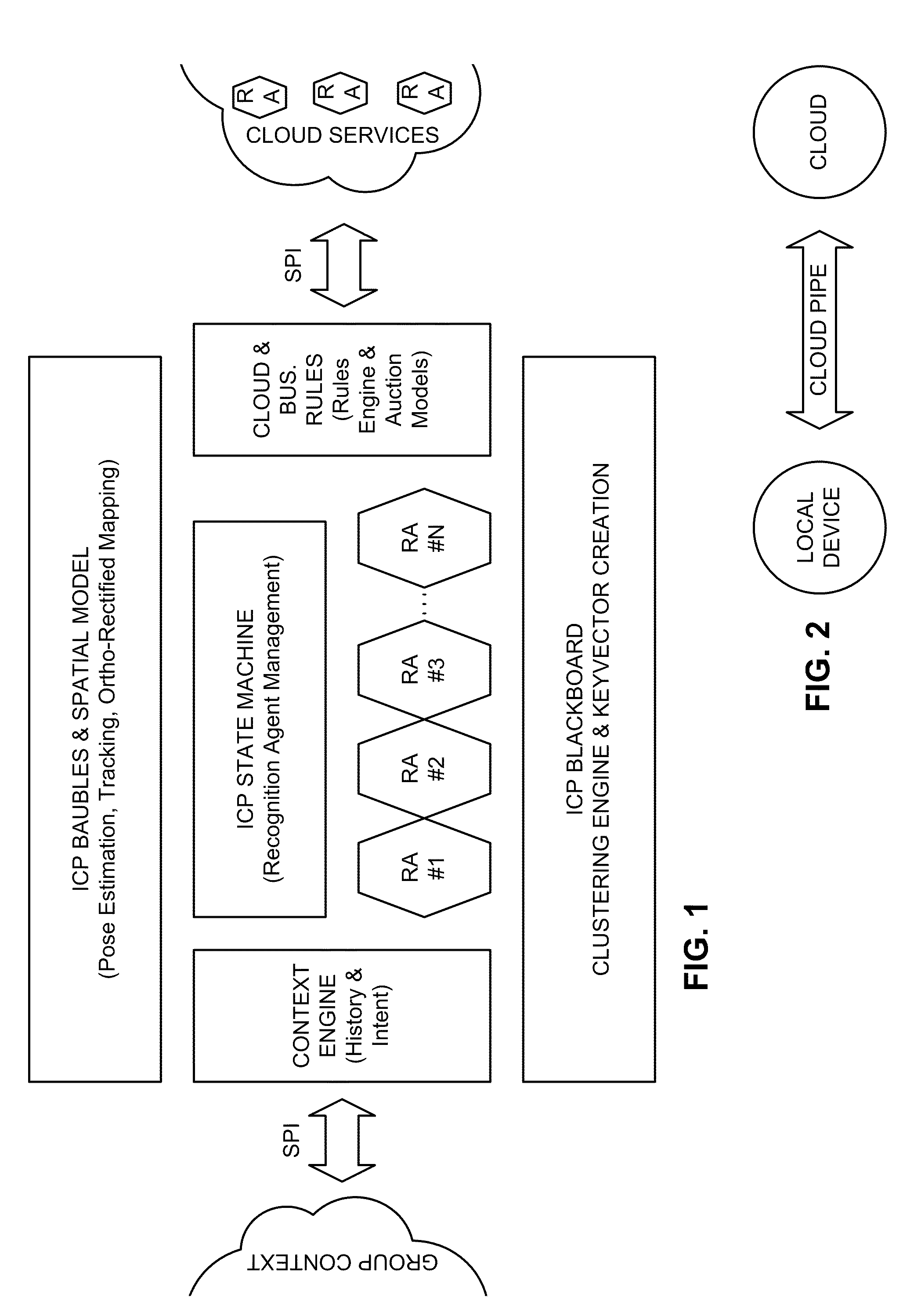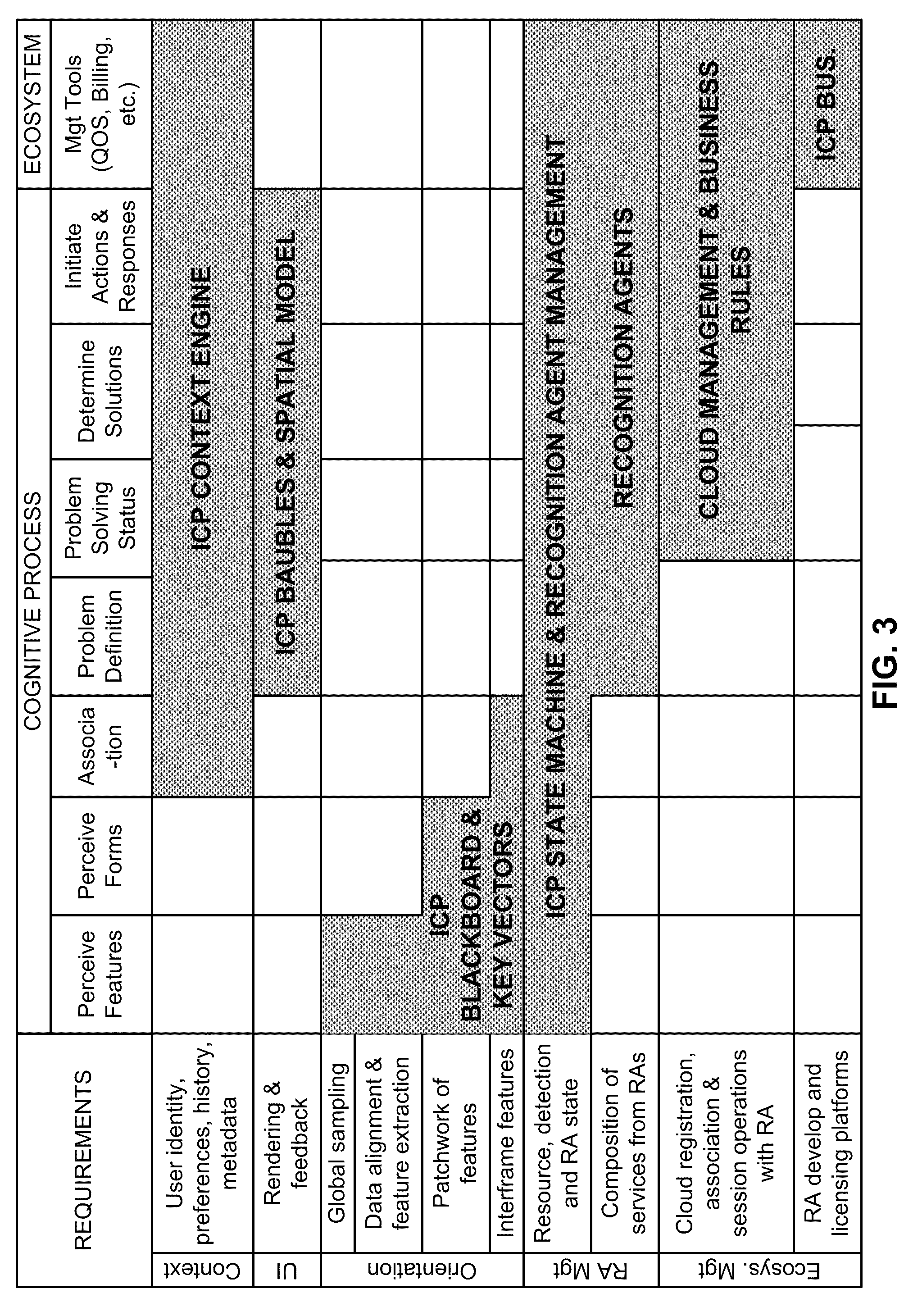Methods and Systems for Determining Image Processing Operations Relevant to Particular Imagery
a technology for processing operations and imagery, applied in the field of image processing, can solve the problems of not being able to achieve such a device, not having an unbounded universe of possible actions, neither in terms of time or resources, and achieving the effect of improving their performance and usefulness
- Summary
- Abstract
- Description
- Claims
- Application Information
AI Technical Summary
Benefits of technology
Problems solved by technology
Method used
Image
Examples
Embodiment Construction
[0033](The Appendix details illustrative embodiments and methods in which the presently-described technology can be utilized, and provides further information about exemplary implementations.)
[0034]In accordance with certain embodiments of the present technology, captured imagery is examined for colorfulness (e.g., color saturation). This may be done by converting red / green / blue signals from the camera into another representation in which color is represented separately from luminance (e.g., CIELAB). In this latter representation, the imagery can be examined to determine whether all—or a significant spatial area (e.g., more than 20%, 50%, 90%, etc.)—of the image frame is notably low in color (e.g., saturation less than 50%, 15%, 5%, etc.). If this condition is met, then the system can infer that it is likely looking at printed material, such as barcode or text, and can activate recognition agents tailored to such materials (e.g., barcode decoders, optical character recognition proce...
PUM
 Login to View More
Login to View More Abstract
Description
Claims
Application Information
 Login to View More
Login to View More - R&D
- Intellectual Property
- Life Sciences
- Materials
- Tech Scout
- Unparalleled Data Quality
- Higher Quality Content
- 60% Fewer Hallucinations
Browse by: Latest US Patents, China's latest patents, Technical Efficacy Thesaurus, Application Domain, Technology Topic, Popular Technical Reports.
© 2025 PatSnap. All rights reserved.Legal|Privacy policy|Modern Slavery Act Transparency Statement|Sitemap|About US| Contact US: help@patsnap.com



